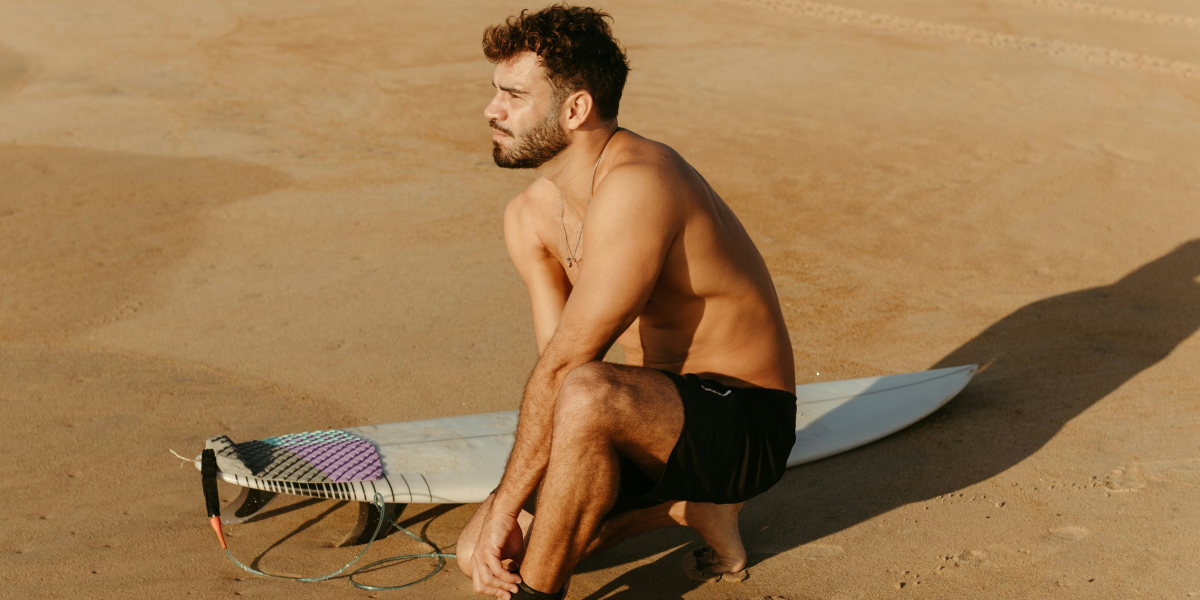Surfers worldwide are drawn to the challenge of riding some of nature’s most colossal waves. From deep respect for the ocean to the thrill of conquering towering swells, big-wave surfing is about more than just sport—it’s an adventure that pushes both the body and mind to their limits. This article delves into the phenomenon of big-wave surfing, exploring iconic surf spots, the science behind wave formation, the skills and gear required, and the environmental and safety concerns surrounding the sport.
What Makes Certain Surf Locations Ideal for Big Waves?
Certain regions around the globe have become synonymous with big-wave surfing due to their unique oceanic conditions and topography. Surfers flock to these spots to face enormous waves, some of which can exceed 100 feet in height.
Nazaré, Portugal: The Giant of the Atlantic
Nazaré’s wave-producing power lies beneath the ocean’s surface. The Nazaré Canyon amplifies Atlantic swells, creating some of the world’s largest waves. Surfers travel here to tackle waves that can break over 100 feet. The combination of speed and size makes Nazaré both thrilling and incredibly challenging.
Jaws, Hawaii: The Mighty Peahi
Located off Maui’s north shore, Jaws (Peahi) is known for its monstrous waves, which often surpass 60 feet during peak season. The waves here break quickly, demanding high skill and specialized equipment. Many surfers use tow-in surfing, where a jet ski pulls them into the wave to gain enough speed for the ride.
Mavericks, California: The Heavy Hitters
Off California’s Half Moon Bay lies Mavericks, where powerful, unpredictable waves draw surfers from all corners of the globe. With waves reaching 60 feet, Mavericks is known for its dangerous conditions, amplified by the region’s underwater geography and fierce winter storms that create such massive waves.
Teahupo’o, Tahiti: A Barrel of Danger
Teahupo’o offers one of the most visually captivating waves in the world. The break occurs over a shallow reef, creating thick, barreling waves that present both a challenge and danger. Surfers risk injury from sharp coral if they wipe out, yet the pursuit of riding these stunning, powerful waves is irresistible to skilled surfers.
The Science of Surfing Giants
Understanding wave formation is essential for surfers chasing massive swells. Waves are born from ocean disturbances far out at sea, carried by the wind across thousands of miles to coastal regions.
The Role of Swells in Wave Creation
Large swells are produced when powerful storms send waves across the ocean. As these swells travel, they build momentum, often growing in size by the time they reach the shore. The process is unpredictable, influenced by the storm’s strength and the distance the waves travel.
Wind and Currents: Key Factors in Wave Formation
Wind direction plays a pivotal role in shaping ideal surfing waves. Offshore winds help create cleaner, smoother waves favored for big-wave surfing. Ocean currents can also impact wave formation, with specific currents funneling swells toward certain coastal locations, creating more extensive, more focused waves.
Essential Equipment and Skills for Big-Wave Surfing
Tackling enormous waves requires more than skill—surfers need specialized equipment and a level of physical and mental fitness that few other sports demand.
Big-Wave Boards: Designed for the Biggest Swells
Big-wave surfboards, or “guns,” are longer, heavier, and streamlined to handle the force of giant waves. These boards provide the necessary speed and stability to ride massive swells, with many surfers opting for inflatable vests to ensure they can stay afloat after wipeouts.
Fitness and Mental Toughness: Preparing for the Challenge
Big-wave surfers train intensely to maintain the physical endurance required to paddle against currents, hold their breath during wipeouts, and withstand the intense force of giant waves. Mental preparation is equally important, as staying calm and focused in danger can make the difference between success and injury.
Safety and Environmental Considerations in Big-Wave Surfing
Though thrilling, big-wave surfing is not without its risks. Surfers face potential drowning, injury from underwater reefs, and powerful currents. Yet, the community continues prioritizing safety through advanced rescue protocols and growing environmental awareness.
The Dangers of Big-Wave Surfing
The risks of big-wave surfing are inherent, as wipeouts can result in surfers being held underwater for extended periods. Impact on the ocean floor can cause serious injuries, making safety protocols and rescue teams essential at popular surf spots.
Rescue Teams: Vital to Ensuring Surfer Safety
Many surf locations have dedicated rescue teams on standby, often using jet skis to retrieve surfers from dangerous situations quickly. This ensures that surfers can take on massive waves with some level of security and know help is always nearby.
Sustainability: Protecting Surf Spots for Future Generations
As big-wave surfing grows, environmental concerns such as beach erosion and marine pollution rise. Surfers and environmentalists are working to balance preserving the natural beauty of these locations and accommodating the growing influx of tourists and surfers.
The Spirit and Culture of Big-Wave Surfing
Big-wave surfing is not just a sport; it’s a lifestyle with deep cultural roots. Surfers are bonded by a shared respect for the ocean and the challenge it presents.
The Culture of Big-Wave Surfers
The culture around big-wave surfing is characterized by humility and reverence for the ocean’s power. Surfers approach the sport with a deep sense of respect, understanding the risks involved while seeking the thrill of mastering nature’s forces.
The Tight-Knit Community of Surfers
Surfers who frequent big-wave locations often form tight-knit communities. The shared experiences of facing these daunting waves foster a sense of camaraderie as surfers support one another in their mutual pursuit of conquering the ocean’s most significant challenges.
Published by: Annie P.














